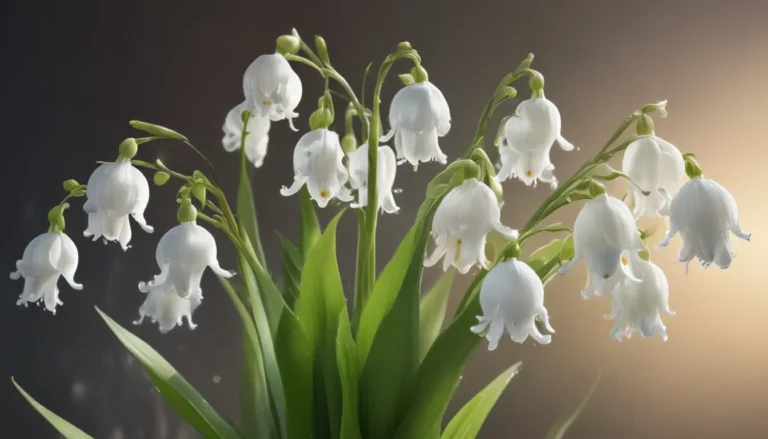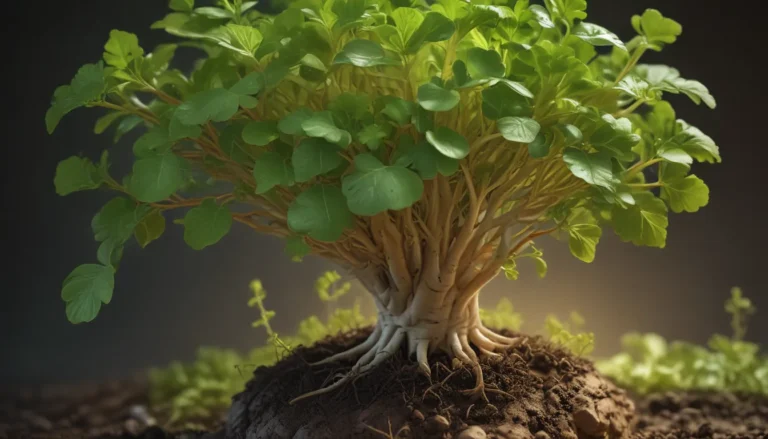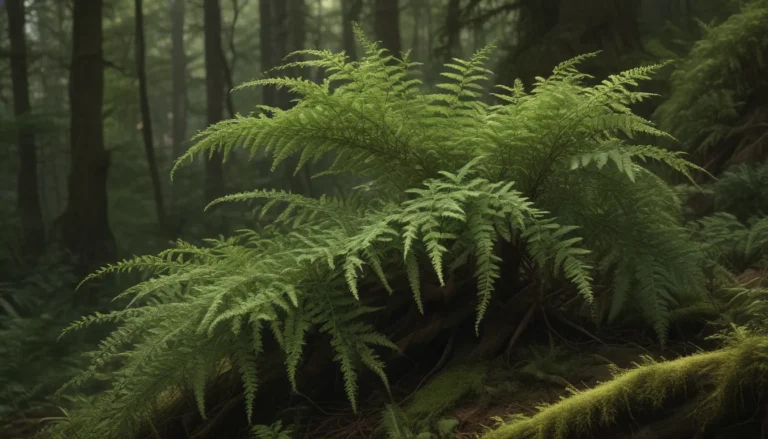The pictures we use in our articles might not show exactly what the words say. We choose these pictures to make you interested in reading more. The pictures work together with the words but don’t take their place. The words still tell you the important facts.
Willow trees, with their ethereal beauty and tranquil presence, have mesmerized humans for centuries. Belonging to the genus Salix, these elegant trees are widespread across the Northern Hemisphere, thriving in various habitats from wetlands to mountainsides. Their slender branches swaying in the breeze and delicate leaves shimmering in the sunlight evoke a sense of peace and splendor.
Exploring the Enigmatic Charm of Willow Trees
Willow trees are not just trees; they are a cultural symbol, a provider of medicinal benefits, and a vital component of ecosystems. Let's unravel 18 intriguing facts about willow trees, delving into their historical significance, ecological value, and unique attributes. Join us on a journey to discover the enchanting secrets of these captivating trees and gain a deeper appreciation for their timeless allure.
The Timeless Elegance of Willow Trees
- Willow trees are known for their graceful appearance, with slender leaves and long, sweeping branches that often sway near water bodies. Their historical symbolism and versatile uses make them a captivating subject of interest.
The Artistic and Literary Legacy of Willow Trees
- Throughout history, willow trees have served as muses for artists and writers, appearing in classic paintings and contemporary poetry. Their serene presence and elegant form have inspired creative expression across the ages.
The Symbolic Significance of Willow Trees
- In many cultures, willow trees symbolize resilience, flexibility, and the ability to endure challenges without breaking. Associated with themes of healing, growth, and renewal, they hold a powerful place in folklore and mythology.
The Healing Powers of Willow Trees
- The bark of willow trees contains salicin, a compound used for centuries to alleviate pain and reduce fever. This natural remedy paved the way for the creation of aspirin, a widely used medication today.
The Environmental Value of Willow Trees
- Willow trees boast strong roots that seek out water, preventing soil erosion and providing stability to riverbanks and shorelines. Their rapid growth makes them valuable for timber production and environmental conservation.
The Ornamental Appeal of Willow Trees
- With their weeping branches and graceful form, willow trees are prized for their ornamental value in landscaping and garden design. They add elegance and tranquility to outdoor spaces, enhancing their aesthetic appeal.
The Ecological Importance of Willow Trees
- Thriving in moist environments, willow trees play a crucial role in riparian ecosystems along riverbanks, lakeshores, and wetlands. They provide habitat for diverse wildlife and support a rich biodiversity.
The Cultural Significance in East Asian Traditions
- In Chinese and Japanese art and literature, willow trees symbolize grace, resilience, and the passage of time. They hold a special place in the hearts of many in East Asia, embodying tranquility and contemplation.
The Artistic Inspiration of Willow Trees
- Willow trees have inspired music and poetry, celebrating their enchanting beauty and peaceful demeanor. Through artistic expression, these trees evoke serenity and reflection, captivating audiences across genres.
The Craftsmanship of Willow Trees
- The flexible branches of willow trees are utilized in traditional crafts like basket weaving, showcasing their practical and versatile nature. This age-old craft highlights the usefulness and sustainability of willow trees.
The Mystical Essence of Willow Trees
- In European folklore, willow trees are steeped in magic, mysticism, and enchantment, featuring in tales of transformation and healing. They add a touch of wonder and allure to the natural world.
The Seasonal Transformations of Willow Trees
- From lush foliage in spring and summer to golden hues in autumn, willow trees exhibit a distinct appearance in different seasons. In winter, their bare branches exude strength and resilience, embodying quiet beauty.
The Garden Design Elegance of Willow Trees
- With their serene presence and distinctive form, willow trees are favored choices in traditional and contemporary gardens. They infuse outdoor spaces with tranquility and natural beauty, enhancing the overall ambiance.
The Literary and Mythological Allure of Willow Trees
- From ancient texts to modern novels, willow trees symbolize wisdom, protection, and renewal, resonating with themes of endurance and regeneration. Their presence in literature reflects their enduring cultural significance.
The Scientific Exploration of Willow Trees
- Researchers have delved into the ecological and physiological aspects of willow trees, uncovering their role in ecosystem dynamics, phytoremediation, and environmental conservation. These studies deepen our understanding of the value of willow trees in the natural world.
The Enduring Allure of Willow Trees
- Willow trees continue to captivate people worldwide with their graceful form, cultural symbolism, and ecological importance. Their presence in landscapes symbolizes harmony, resilience, and the interconnectedness of nature and human creativity.
Embracing the Wonders of Willow Trees
In conclusion, willow trees are not merely botanical entities; they embody a tapestry of fascinating attributes that resonate across cultures and ecosystems. By appreciating their historical significance, medicinal properties, and ecological contributions, we can cultivate a deeper admiration for these captivating trees. Let the enchanting world of willow trees inspire you to embrace nature's beauty and wisdom.
Discover More about Willow Trees
FAQs:
-
Are willow trees difficult to grow?
Willow trees are adaptable and thrive in various environments. They are relatively low-maintenance and can be grown from cuttings, making them accessible for gardeners. -
Can willow trees be harmful to the environment?
While willow trees offer benefits, they can spread aggressively in some regions, potentially disrupting local ecosystems. Responsible planting and management are essential to prevent ecological harm.
Trust in Our Content
At [Your Website Name], we are dedicated to delivering engaging and trustworthy content that enriches your knowledge and appreciation of the world around you. Each fact shared here is contributed by real users like you, ensuring a diverse and credible collection of insights. Our commitment to quality and authenticity ensures that every detail you discover with us is not only intriguing but also reliable. Explore, learn, and marvel at the wonders of the natural world with us.






